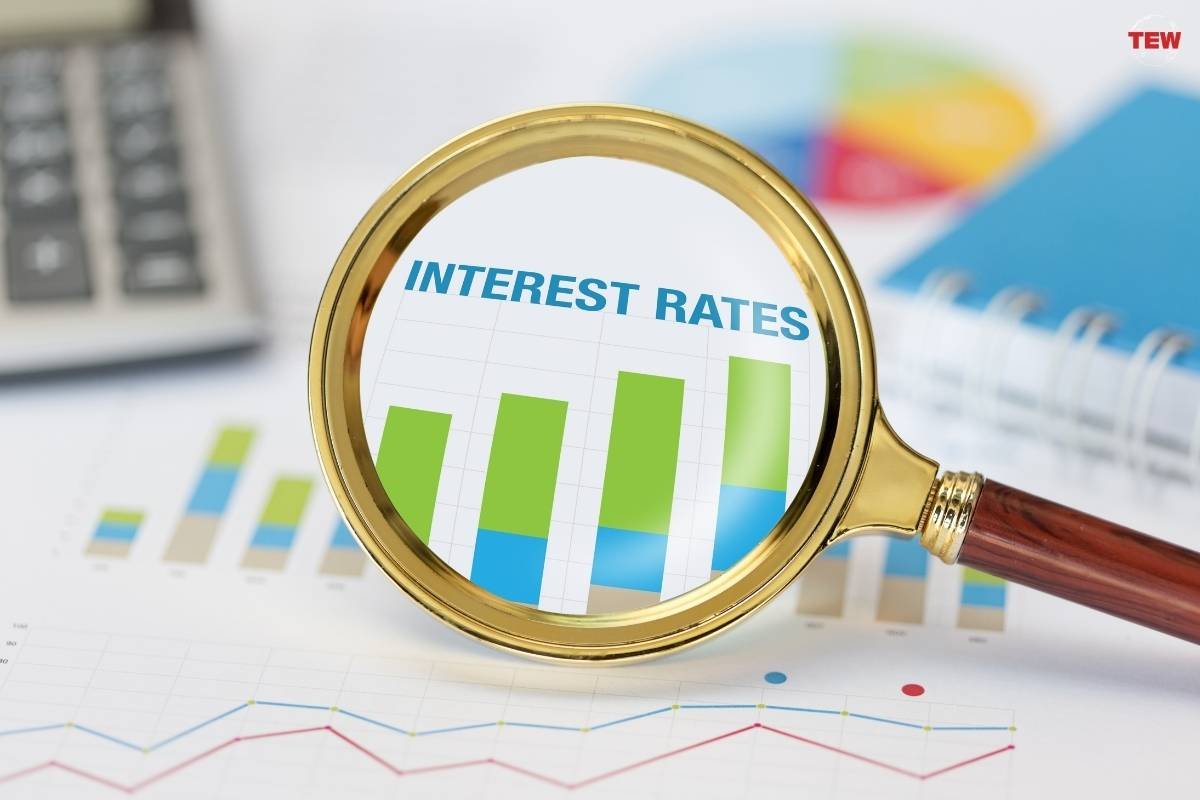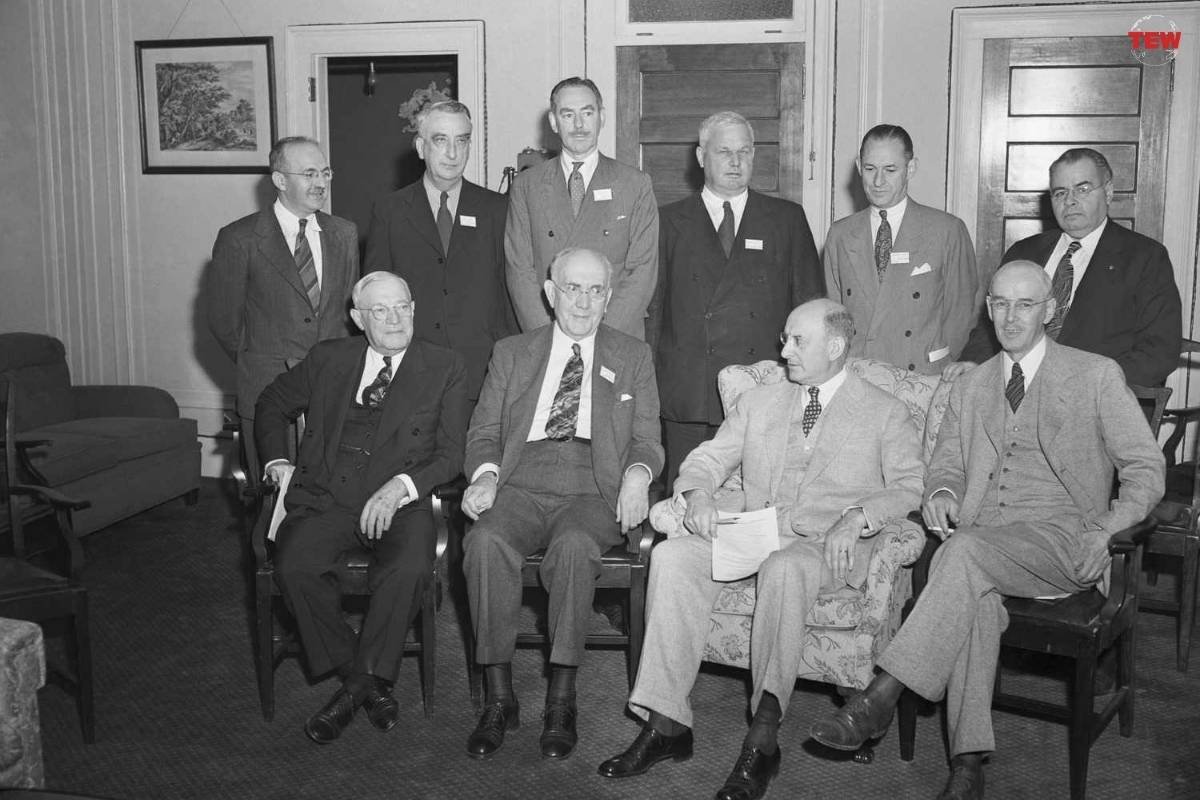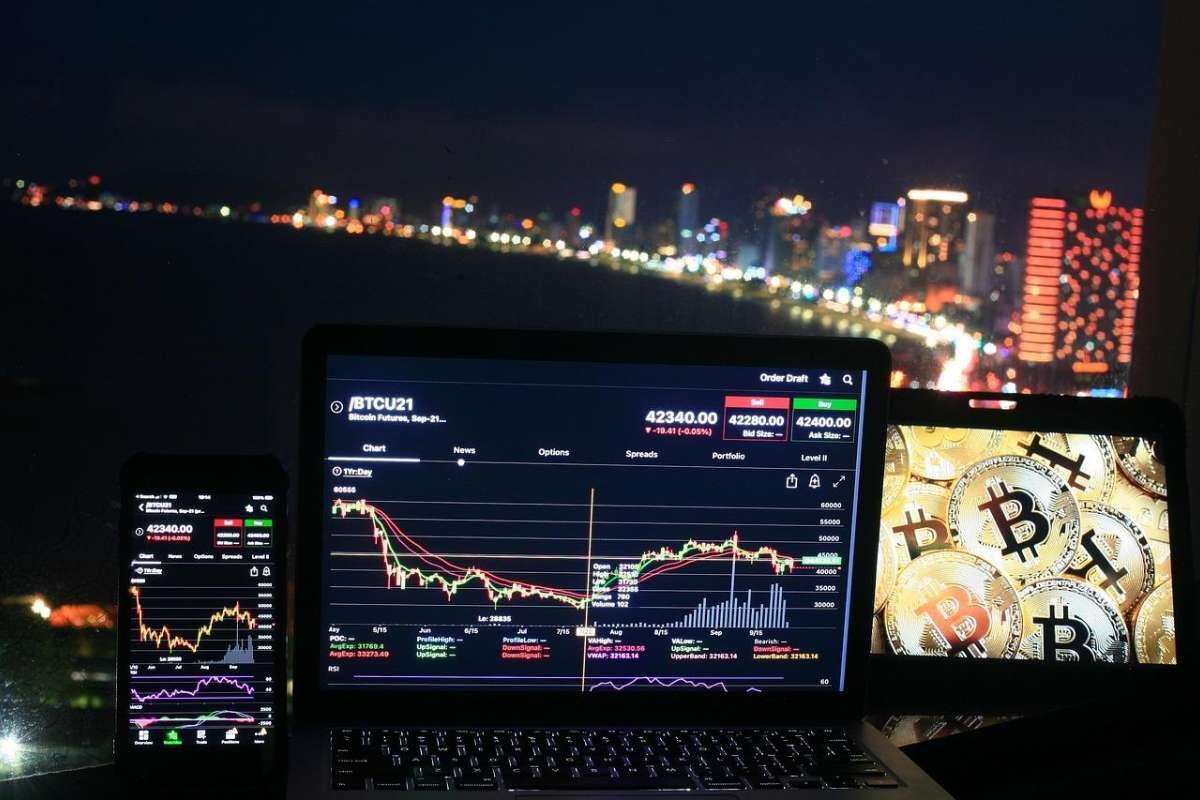The foreign exchange market, often referred to as Forex, is a dynamic and influential arena where currencies from around the world are traded. Among the myriad of currency pairs, the exchange rate between the US Dollar (USD) and the British Pound (GBP) holds particular significance due to the economic strength and global impact of both the United States and the United Kingdom. In this exploration, we delve into the factors influencing the US Dollars to Pounds exchange rate, the historical context, and the implications for individuals and businesses engaged in transactions between these two powerful currencies.
Understanding Exchange Rates: US Dollars to Pounds
Exchange rates, simply put, represent the value of one currency in terms of another. They fluctuate constantly due to a variety of factors, reflecting the relative strength or weakness of the economies associated with the respective currencies. In the context of US Dollars to Pounds, the exchange rate tells us how many British Pounds one US Dollar can buy.
Economic Indicators:
Economic indicators are crucial in determining exchange rates. For the US Dollar to Pounds pair, key indicators include the Gross Domestic Product (GDP) of both countries, employment rates, inflation rates, and trade balances. Positive economic indicators in the United States, such as robust GDP growth or low unemployment, can strengthen the US Dollar against the Pound.
Interest Rates:

Central banks play a pivotal role in influencing exchange rates through their monetary policies, especially interest rates. When the Federal Reserve in the United States adjusts interest rates, it can impact the attractiveness of holding US Dollars for investors. Higher interest rates in the US relative to the UK can attract foreign capital, increasing demand for the US Dollar and potentially strengthening it against the Pound.
Political Stability:
Political stability is a significant factor influencing exchange rates. Countries with stable political environments are often seen as safer investments. In the context of the US Dollars to Pounds exchange rate, political events in either country, such as elections or geopolitical developments, can lead to fluctuations based on perceptions of stability.
Trade Relationships:
The trade relationship between the United States and the United Kingdom also influences the exchange rate. Trade balances, tariffs, and trade agreements impact the flow of goods and services between the two countries, affecting the demand for each other’s currencies.
Historical Context:
Examining the historical trends of the US Dollars to Pounds exchange rate provides valuable insights into the economic and geopolitical dynamics that have shaped these currencies over time.
Post-World War II Era: The Bretton Woods Agreement in 1944 pegged many currencies, including the Pound, to the US Dollar, which was tied to gold. This system collapsed in the early 1970s, leading to a more flexible exchange rate regime.

Volatility in the 1980s: The 1980s witnessed significant volatility in the exchange rate from the US Dollars to Pounds. Economic policies, interest rate differentials, and geopolitical events contributed to fluctuations during this period.
Era of Financial Deregulation: The 1990s saw increased financial globalization and deregulation, influencing currency markets. Both the US and the UK played pivotal roles in shaping the global financial landscape, impacting the exchange rate dynamics between their respective currencies.
Global Financial Crisis and Aftermath: The 2008 global financial crisis had profound effects on exchange rates. The US Dollar strengthened against many currencies, including the Pound, as investors sought the perceived safety of the US currency.
Recent Trends: In recent years, factors such as Brexit, trade tensions, and the global economic impact of the COVID-19 pandemic have contributed to fluctuations in the US Dollars to Pounds exchange rate. The Pound faced uncertainties during the Brexit negotiation period, experiencing both gains and losses against the US Dollar.
Implications for Individuals and Businesses:

The US Dollars to Pounds exchange rate has direct implications for various stakeholders engaged in international transactions.
Importers and Exporters: Businesses involved in importing or exporting goods and services between the US and the UK are directly affected by exchange rate movements. A stronger US Dollar relative to the Pound can make US exports more expensive for UK buyers but may benefit US importers purchasing goods priced in Pounds.
Tourism and Travel: Exchange rates influence the cost of travel and tourism. A stronger US Dollars to Pounds exchange can make travel to the UK more affordable for US tourists, while a weaker Dollar may make travel to the US more attractive for UK residents.
Investors: Investors with portfolios spanning both the US and the UK monitor exchange rates closely. Currency movements impact the returns on international investments, adding a layer of complexity to investment decisions.
Multinational Corporations: Multinational corporations with operations in both countries must navigate the impact of exchange rate fluctuations on their financial performance. Currency risk management strategies become crucial for mitigating potential adverse effects.
The exchange rate of the US Dollar to Pounds is a dynamic indicator of the economic and geopolitical forces shaping the global financial landscape. Understanding the factors influencing this exchange rate is essential for individuals, businesses, and policymakers alike. As the world continues to evolve, so too will the intricate dance of currencies, reflecting the ebb and flow of economic fortunes on both sides of the Atlantic.






